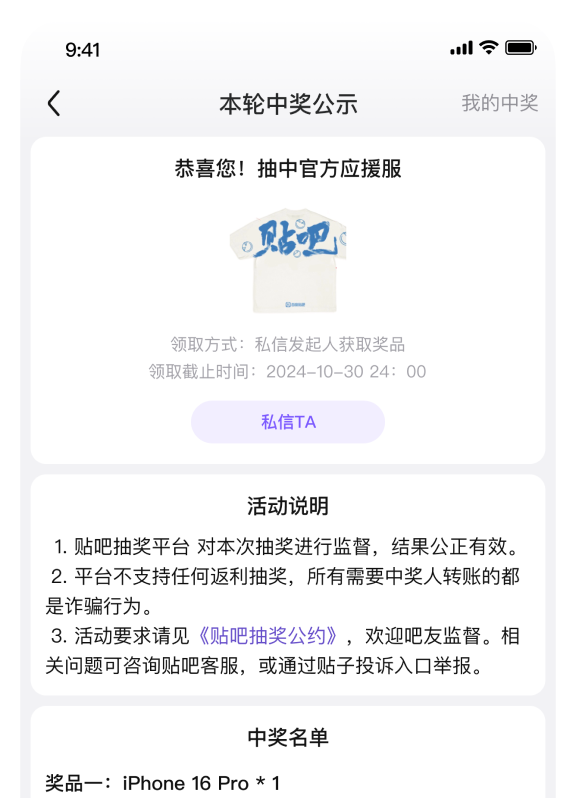Mario has a small garden where he raises eggplant and tomatoes.He consumes some of these vegetables,
and he sells some in the market.Eggplants and tomatoes are perfect complements for Mario, since the
only recipes he knows use them together in a 1:1 ratio. One week his garden yielded 30 pounds of
eggplant and 10 pounds of tomatoes. At that time the price of each vegetable was $5 per pound.
a) What is the monetary value of Mario’s endowment of vegetables?
$200
b) On the graph below, use blue ink to draw Mario’s budget line. Mario ends up consuming how many
pounds of tomatoes and how many pounds of eggplant? Draw the indifference curve through the
consumption bundle that Mario chooses and label this bundle A.
20 pounds of tomatoes and 20 pounds of eggplant
c) Suppose that before Mario makes any trades, the price of tomatoes rises to $15 a pound, while the price
of eggplant stays at $5 a pound. What is the value of Mario’s endowment now? Draw his new budget
line, using red ink. He will now choose a consumption bundle consisting of how many pounds of
tomatoes and how many pounds of eggplants? 3
$300
15 pounds of tomatoes and 15 pounds of eggplants
d) Suppose that Mario had sold his entire crop at the market for a total of $200, intending to buy back
some tomatoes and eggplant for his own consumption. Before he had a chance to buy anything back,
the price of tomatoes rose to $15, while the price of eggplant stayed at $5. Draw his budget line, using
pencil or black ink. Mario will now consume how many pounds of tomatoes and eggplant?
10 pounds of tomatoes and 10 pounds of eggplants.
e) Assuming that the price of tomatoes rose to $15 from $5 before Mario made any transactions, what is
the change in the demand for tomatoes due to (Slutsky) substitution effect, ordinary income effect, and
endowment income effect? What is the total change in the demand for tomatoes?
The change in the demand for tomatoes due to the substitution effect was 0. The change in the demand for tomatoes due to the ordinary income effect was −10. The change in the demand for tomatoes due to the endowment income effect was +5. The total change in the demand for tomatoes was −5.
and he sells some in the market.Eggplants and tomatoes are perfect complements for Mario, since the
only recipes he knows use them together in a 1:1 ratio. One week his garden yielded 30 pounds of
eggplant and 10 pounds of tomatoes. At that time the price of each vegetable was $5 per pound.
a) What is the monetary value of Mario’s endowment of vegetables?
$200
b) On the graph below, use blue ink to draw Mario’s budget line. Mario ends up consuming how many
pounds of tomatoes and how many pounds of eggplant? Draw the indifference curve through the
consumption bundle that Mario chooses and label this bundle A.
20 pounds of tomatoes and 20 pounds of eggplant
c) Suppose that before Mario makes any trades, the price of tomatoes rises to $15 a pound, while the price
of eggplant stays at $5 a pound. What is the value of Mario’s endowment now? Draw his new budget
line, using red ink. He will now choose a consumption bundle consisting of how many pounds of
tomatoes and how many pounds of eggplants? 3
$300
15 pounds of tomatoes and 15 pounds of eggplants
d) Suppose that Mario had sold his entire crop at the market for a total of $200, intending to buy back
some tomatoes and eggplant for his own consumption. Before he had a chance to buy anything back,
the price of tomatoes rose to $15, while the price of eggplant stayed at $5. Draw his budget line, using
pencil or black ink. Mario will now consume how many pounds of tomatoes and eggplant?
10 pounds of tomatoes and 10 pounds of eggplants.
e) Assuming that the price of tomatoes rose to $15 from $5 before Mario made any transactions, what is
the change in the demand for tomatoes due to (Slutsky) substitution effect, ordinary income effect, and
endowment income effect? What is the total change in the demand for tomatoes?
The change in the demand for tomatoes due to the substitution effect was 0. The change in the demand for tomatoes due to the ordinary income effect was −10. The change in the demand for tomatoes due to the endowment income effect was +5. The total change in the demand for tomatoes was −5.





